Our Museum Services team made a sweet discovery related to Cornelia Vanderbilt’s wedding to the Honorable John F.A. Cecil on April 29, 1924. It’s a fascinating detail that was recently uncovered in an attic—a first for Biltmore—and the sweet discovery all started with a simple phone call.
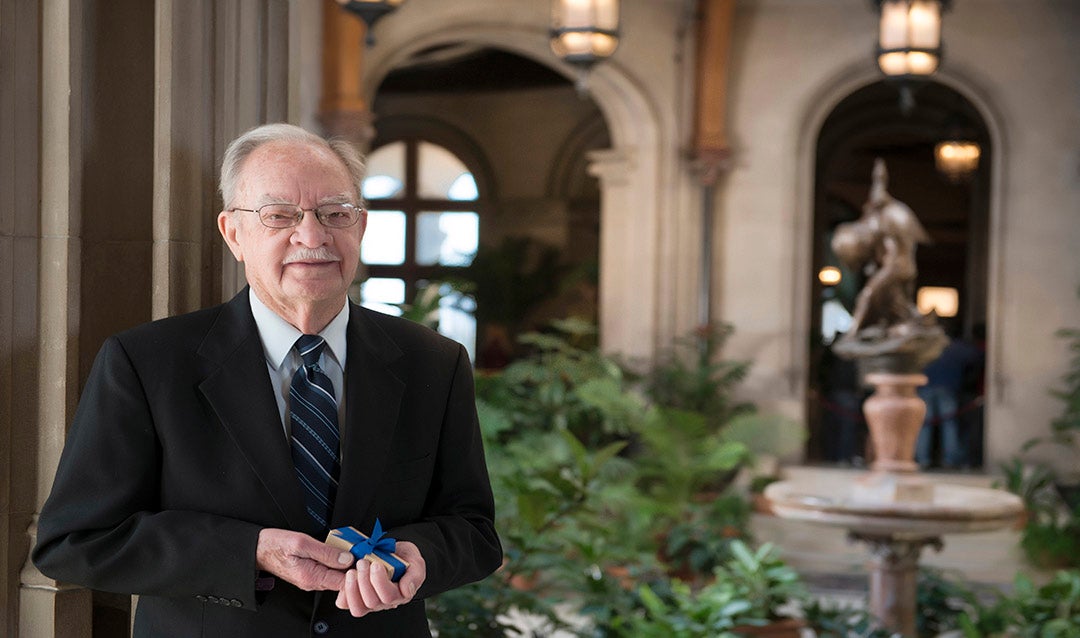
A sweet discovery
In 2014, Biltmore acquired a piece of cake for the Biltmore collection, which our curators confirm is the only edible artifact now housed in the archives. Cake? For the archives? Indeed. And even more of an enticing tidbit: we believe that it’s about to be 100 years old!
Candler resident Frederick Cothran, then 96, found the cake in a trunk he inherited from his aunt, Bonnie Revis. Miss Revis was a cook at Biltmore House between 1924 and 1935. He contacted Biltmore’s museum services department to report that he had what he thought was a piece of cheese from Biltmore House. Not wasting any time, Laura Cope, Collections Manager, paid a visit to Cothran.
“Food is personal. People bond over it, and it’s easy to relate to it on several levels,” she says, and that’s why she had to see the cheese for herself.
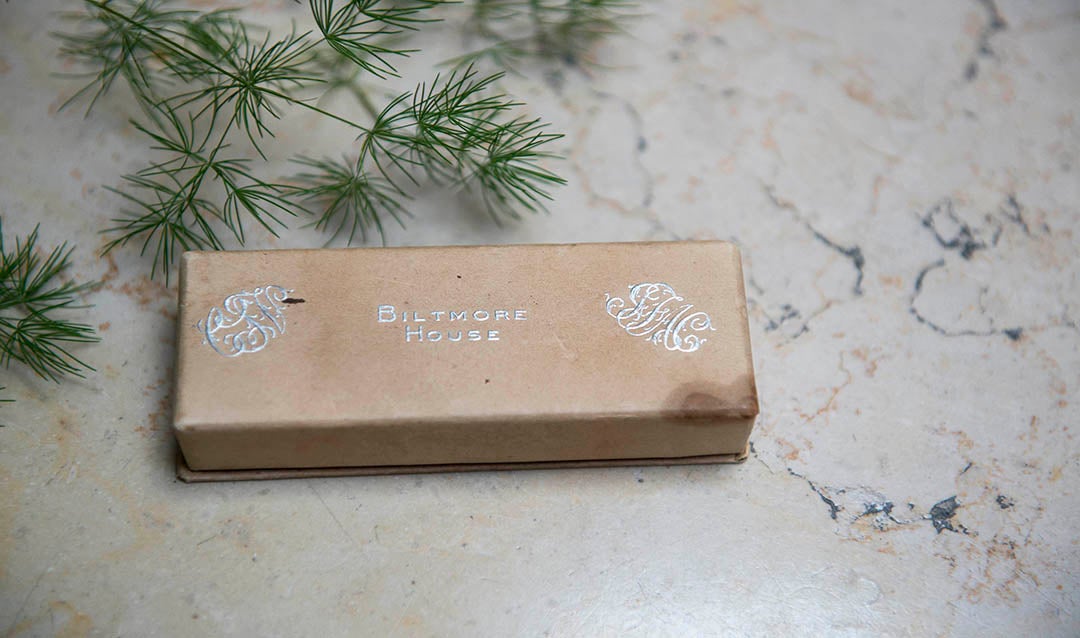
When she met Cothran he presented her with a neat and tiny box engraved “Biltmore House” on the top. Two sets of monograms are engraved on either side: “CSV” for Cornelia Stuyvesant Vanderbilt; and “JFAC” for John Francis Amherst Cecil.
After getting back to Biltmore House, Laura researched the customs of the day and realized that this was more than likely cake rather than cheese. Then, upon hearing a recording of Paul Towe from Biltmore’s Oral History collection, she and her colleagues confirmed that this was indeed cake – fruit cake – that the Cecils gave out as favors on their special day.
Mr. Towe recalled attending the wedding as a small boy. Towe’s father was employed at Biltmore in the 1920s and 1930s, and his sister, Sarah, was a flower girl in the wedding. Towe said that “everybody got a little white box with their name on it with a piece of fruit cake.”
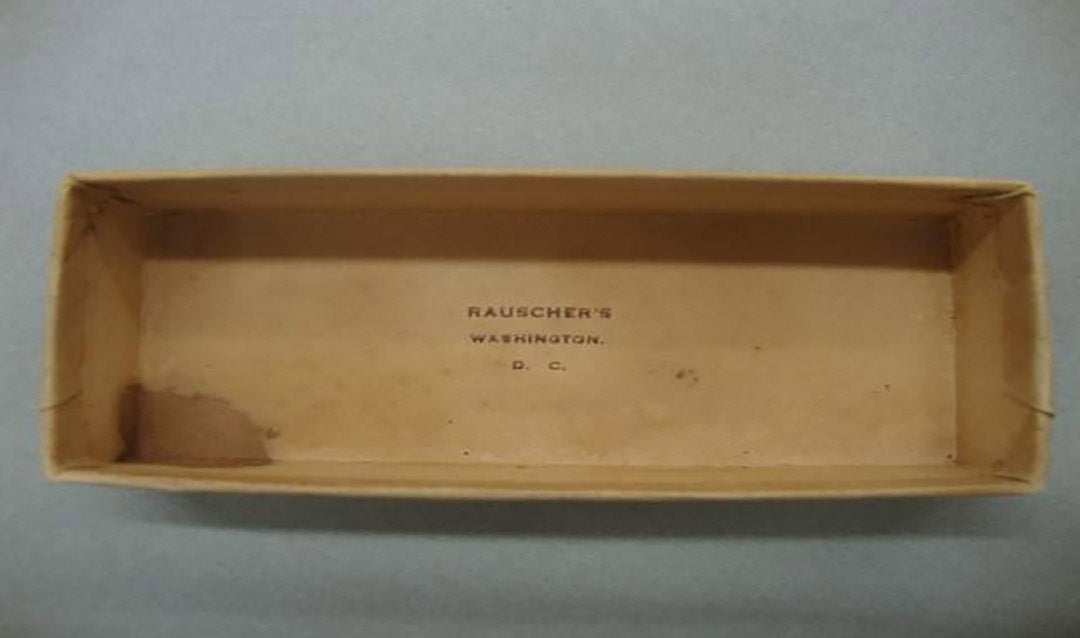
The box top’s underside has a stamp on it, “Rauscher’s – Washington, D.C.” In her research, Laura learned that Rauscher’s catered and supplied many fine confectionaries and baked goods to society families in Washington, including the wedding cake for President Wilson in 1915.
The tradition of wedding cake keepsakes can be traced back to Victorian times, typically sliced from the groom’s cake, which was often a fruit cake. Slices were wrapped and placed in tiny boxes to take home as a memento of the wedding. The belief was if an unmarried woman slept with a piece of the groom’s cake under her pillow, she would dream of her future husband.
Prince William and Katherine Middleton carried out the tradition by sending pieces of boxed cake to commemorate their wedding in 2011.
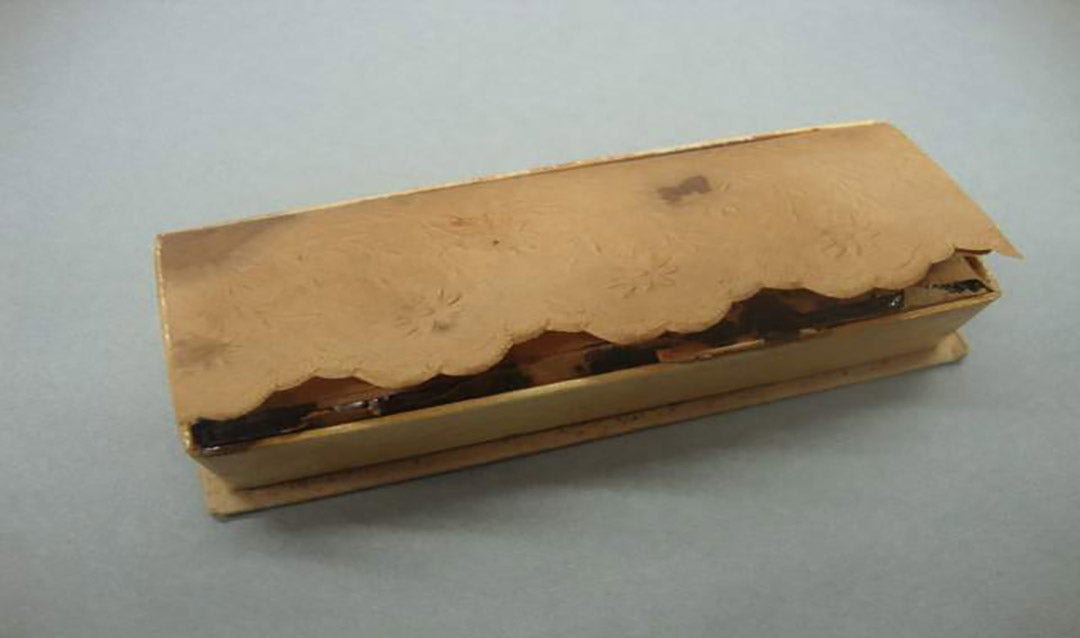
This 100-year-old piece of cake may be considered an odd addition to a collection that contains famous works of art, books, ancient tapestries and antiques. Historically speaking, that’s not the case.
“This is a clear line connection between our day and their day, so it’s worth the effort to have it in our collection,” Laura said.
Main photo: Guests at the wedding of Cornelia Vanderbilt and John Cecil enjoyed breakfast in the Biltmore House Winter Garden, April 29, 1924.
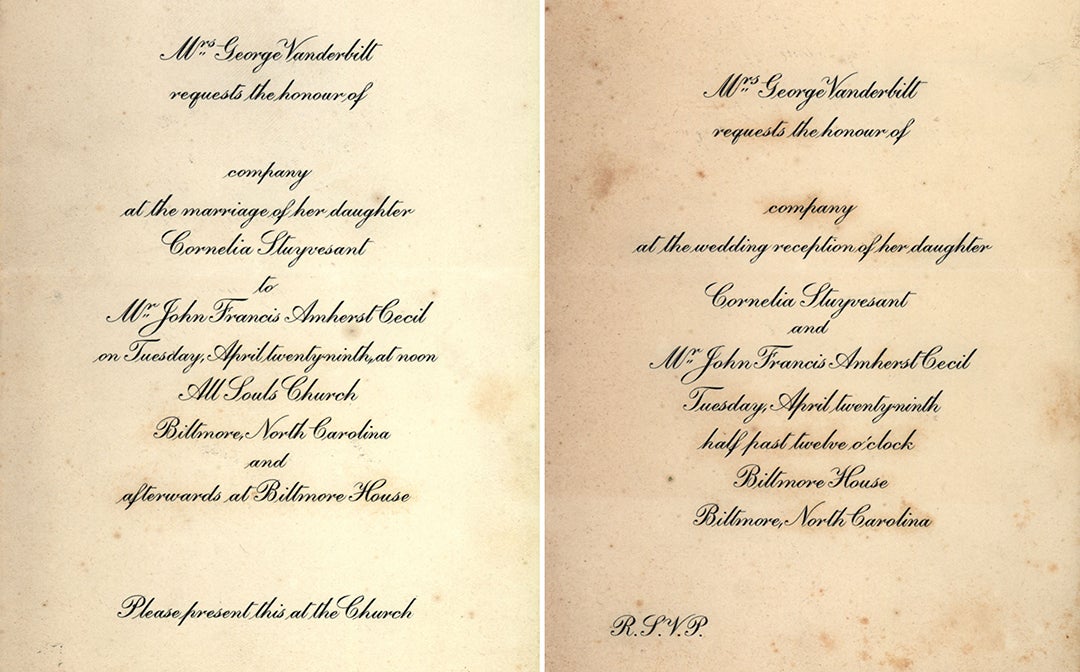
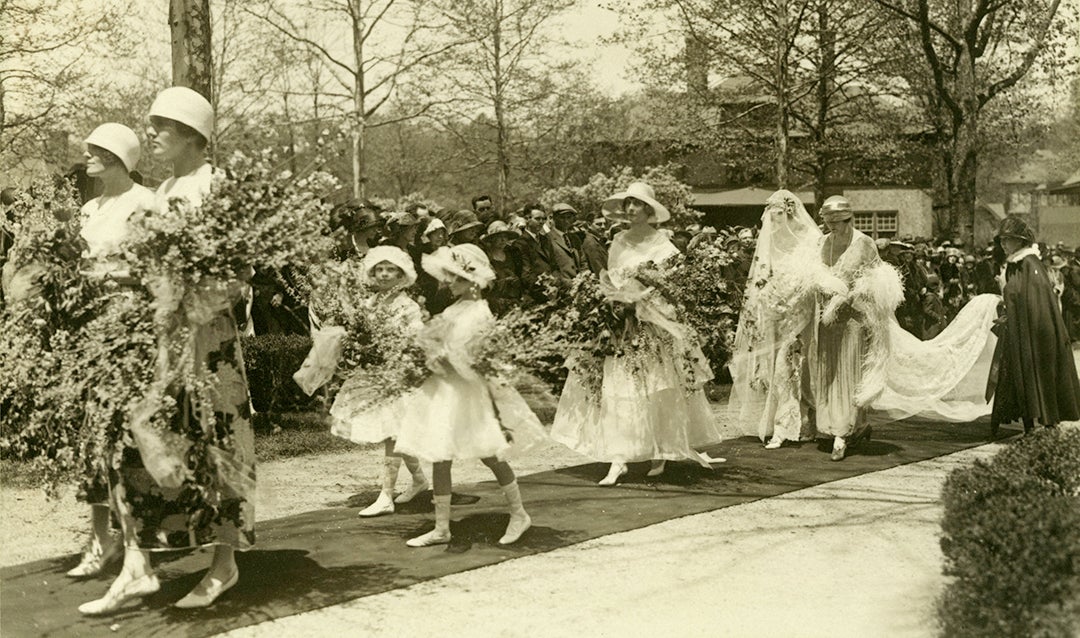
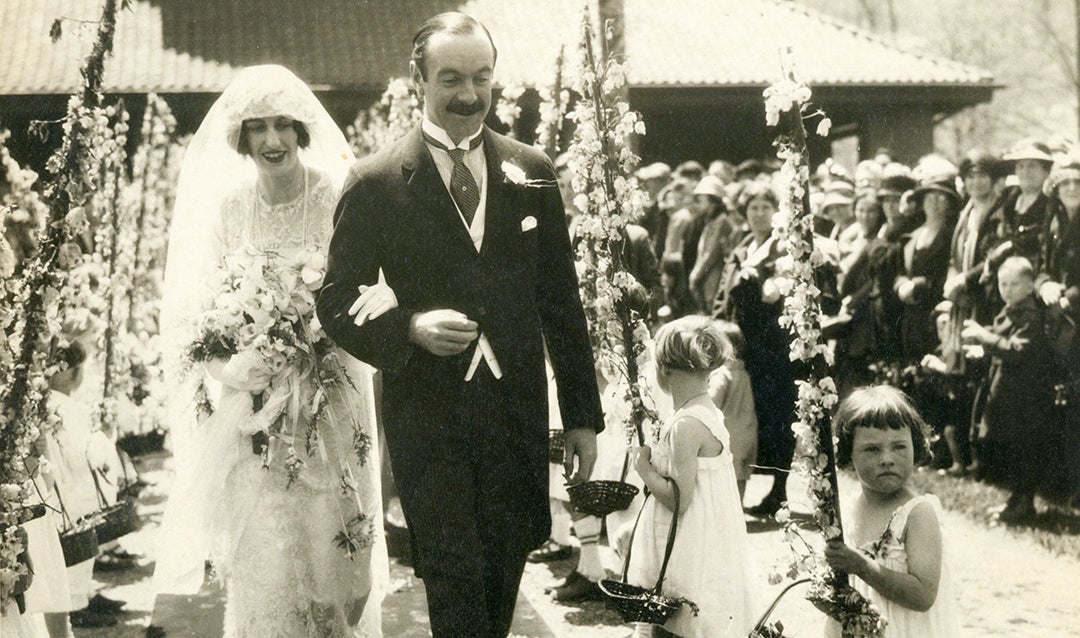
 • Memorelle Damask Scroll Classic Shape Pillow–A beautiful jacquard scroll makes this pillow a perfect fit for any luxury bed ensemble. A classic shape appeals to the largest number of people.
• Memorelle Damask Scroll Classic Shape Pillow–A beautiful jacquard scroll makes this pillow a perfect fit for any luxury bed ensemble. A classic shape appeals to the largest number of people.
 After Cornelia married the Honorable John Amherst Francis Cecil in 1925, the Biltmore Kennels invested in the Saluki Gazelle Hound—a sight hound known for its beauty, speed, and endurance. After the Biltmore Kennels closed, John and Cornelia kept one Saluki named Haffief as a pet.
After Cornelia married the Honorable John Amherst Francis Cecil in 1925, the Biltmore Kennels invested in the Saluki Gazelle Hound—a sight hound known for its beauty, speed, and endurance. After the Biltmore Kennels closed, John and Cornelia kept one Saluki named Haffief as a pet. Currently on display, now through May, in the exhibit case in the lobby of the Inn on Biltmore Estate is a collection of books from George Vanderbilt’s time and a look at his reading habits.
Currently on display, now through May, in the exhibit case in the lobby of the Inn on Biltmore Estate is a collection of books from George Vanderbilt’s time and a look at his reading habits.